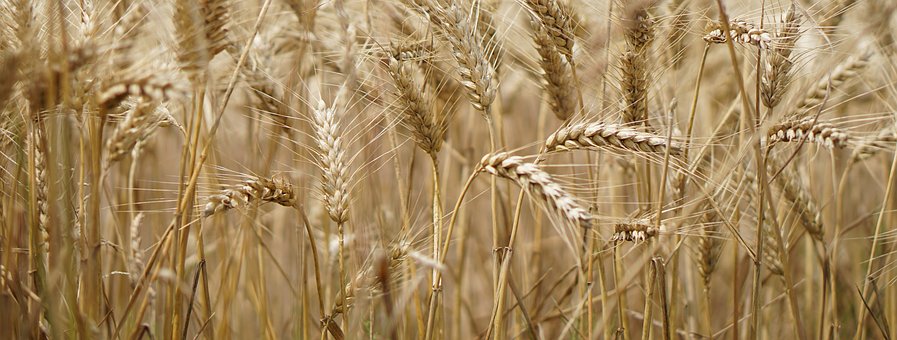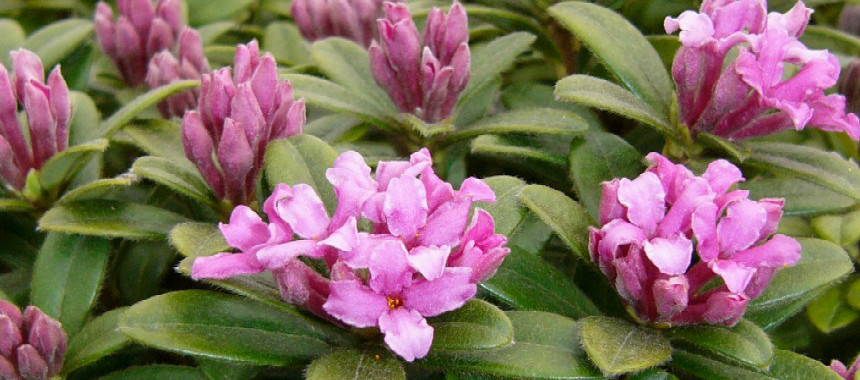June marks the transition from spring to summer. It still retains many of the spring blooms and anticipates some of the summer fruits. The dog roses (Rosa canina) begin to diminish, and in their place, small green rosehips appear, while the St. John’s roses (Rosa sempervirens) are in full bloom, adorning hedges and dry stone walls. Meanwhile, in the humid woods, especially in the alder groves, hedges, and in the dry ditches, the red berries of the Bittersweet (Solanum dulcamara) peep out.

Bittersweet is a toxic plant, especially in its young shoots, leaves, and stems, which contain solanine, dulcamarin, and solanidine derivatives. Although it has been traditionally used to treat dermatitis, skin rashes, bronchial congestion, rheumatism, jaundice, and ulcerative colitis, excessive consumption can paralyze the nervous system, lower body temperature, slow heart rate and breathing, and cause dizziness and convulsions, potentially leading to fatal outcomes. Therefore, it should only be used under strict medical supervision. Sheep and goats are the only herbivores that can safely consume this plant. Even its striking red berries, which are toxic to humans and avoided by squirrels, are safely eaten by birds such as blackbirds, thrushes, robins, and fieldfares, which aid in seed dispersal through their droppings.
June is also the month when the fruits of most species of the genus Ribes ripen. Walking in humid woods and cool places, from the plains to over 2000 meters, we find them on basic, fertile soils. Being linked to cool and shady places, the species of this genus are common in northern Italy, less so in central Italy, and rare in the south.
Redcurrant (Ribes rubrum) is an edible medicinal species; it is a shrub 1-1.5 m tall, without thorns, with erect branches and leaves whose palmate lamina has 3-5 lobes with mostly rounded teeth. The hermaphrodite and pentamerous flowers are arranged in clusters and develop into glabrous, acidic red berries. Similar congeneric species can be confusing because, although they present differences in leaves and flowers, at first glance, they are very similar. These include Ribes petraeum and Ribes multiflorum, both of which have red berries with an acidic flavour, while Ribes alpinum has edible red berries that are rather tasteless. Ribes nigrum is different as it produces sweetish, aromatic, brown-black berries. Not only the fruits of Ribes plants are used, but also the young leaves and buds, all of which contain, among other compounds, glucosides, oligosaccharides, vitamin C, phosphorus, potassium, calcium, essential oils, and enzymes.
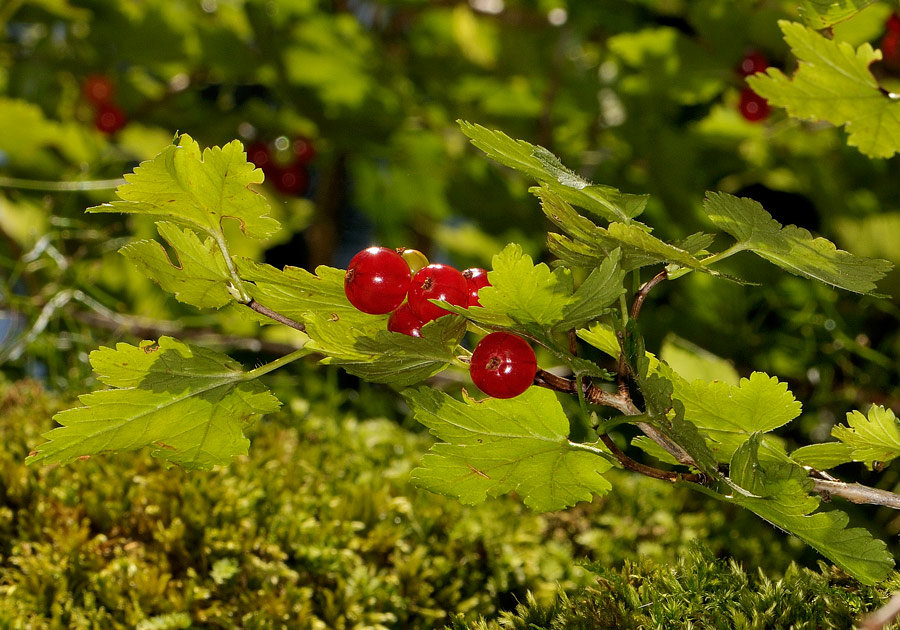
The less acidic and rather nitrophilous soils, found in less humid environments such as the edges of woods and mountain plain pastures, and ranging from 100 to 1600 m above sea level, offer the opportunity to collect the European Gooseberry (Ribes uva-crispa) with its edible, aromatic, and juicy fruit. The berry, generally greenish or yellowish, can be eaten fresh or used to make jams, syrups, and jellies. The gooseberry is little known and is classified among the minor or unusual fruits. It is a medicinal and officinal herb valued for its content of vitamin C, vitamin A, polyphenols, mineral salts, and malic acid. The Gooseberry is not only used by humans; the small deciduous shrub is also food for birds, foxes, roe deer, and fallow deer. Since it is pollinated by insects (entomogamous pollination), it also supports bees with its nectar.
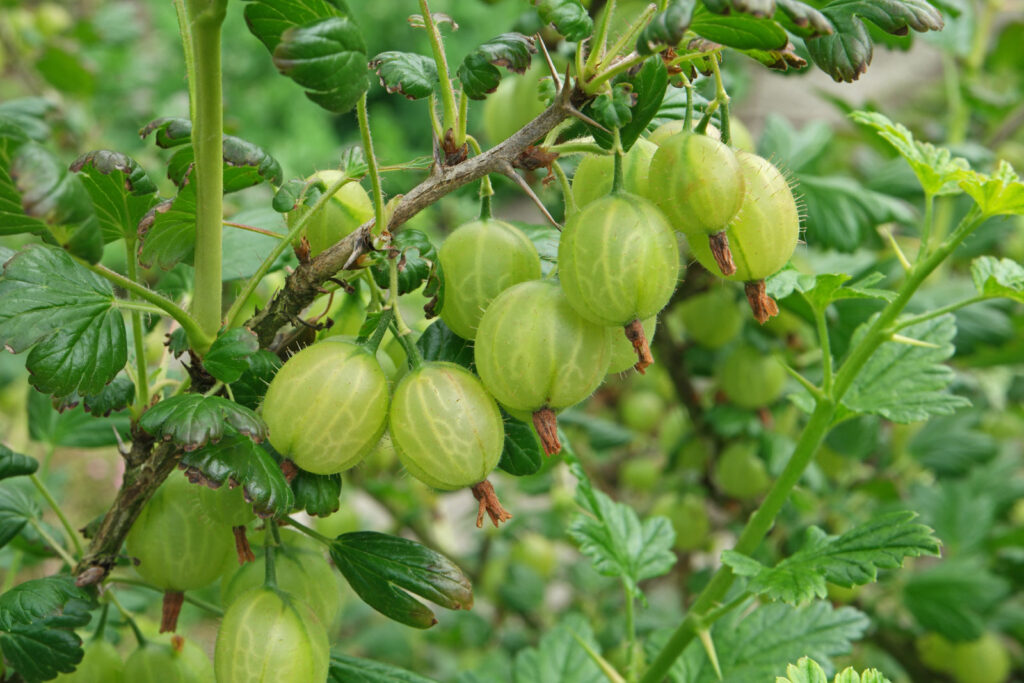
This month, the tree most sought after by those who love to make liqueurs from wild fruits is the Sour Cherry (Prunus cerasus), with fruit similar to that of the Sweet Cherry (Prunus avium) and, like it, belonging to the Rosaceae family. Although it does not exceed 8 meters in height, its wood is more valuable than that of the Sweet Cherry. It is long-lived as it can reach several centuries of age. The fruits are edible even in wild specimens.
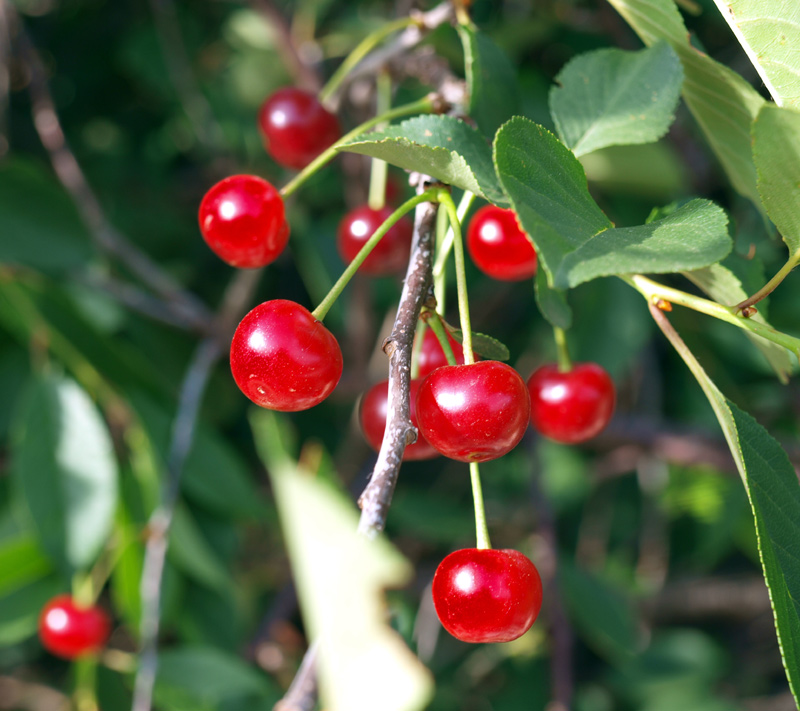
This small tree, characterized by its deciduous foliage and smooth bark with horizontal streaks, produces white flowers that are popular with sparrows, starlings, and blackbirds. There are many varieties of this species found in different regions, with slightly different fruit colors and acidity levels, which are used for sweets or liqueurs. The most famous are undoubtedly the Amarena tree (Prunus cerasus var. amarena), the most widespread variety, with light red fruits and a bitter, slightly acidic flavor (black cherries); the Visciolo tree (Prunus cerasus var. austera); the Marasca tree (Prunus cerasus var. marasca), with small red-blackish fruits and a very bitter, acidic flavor (marasca cherries); and the Montmorency cherry, with light red fruits.
Finally, we recommend that those who want to take a walk in the woods during the long days of June bring a basket to collect fruits that nature offers us without our work of “domestication.” However, let’s keep the basket small, remembering that many other animals, our companions in life, also need these fruits!
Credits
Author: Anna Lacci is a science communicator and expert in environmental education, sustainability, and place-based teaching. She is the author of documentaries, nature books, workbooks, interdisciplinary teaching resources, and multimedia informational materials.
Translated by Maria Antonietta Sessa

